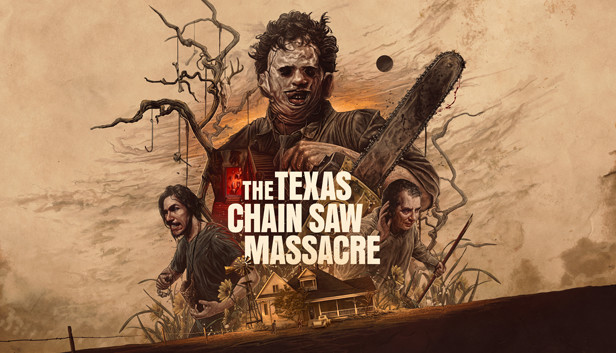
Leatherface Unmasked The Origins and Evolution of a Horror Icon
Leatherface Unmasked: The Origins and Evolution of a Horror Icon
Leatherface, the infamous character from "The Texas Chain Saw Massacre," has become one of the most recognizable figures in the horror genre since his debut in 1974. Created by Tobe Hooper, Leatherface's character embodies the terror of the unknown, tapping into deep-rooted fears around isolation, madness, and brutality. Over the years, his story has evolved, leading to numerous sequels, reboots, and reinterpretations that maintain his place as an iconic figure in horror cinema.
The Birth of an Icon
The origins of Leatherface are both chilling and fascinating. The character is loosely inspired by the real-life murderer Ed Gein, known for his gruesome acts of violence and disturbing relationship with death. Hooper and co-writer Kim Henkel crafted a narrative around a family of cannibalistic outcasts living in rural Texas, with Leatherface as their terrifying enforcer. In the original film, his portrayal as a mentally challenged man wore masks made from the skin of his victims, presenting a grotesque blend of innocence and horror that unsettled audiences deeply.
Evolution Through Time
As the years progressed, Leatherface's character developed in various ways across multiple sequels and remakes. Each iteration presents a unique take on his persona, from the more menacing and sinister version in "The Texas Chainsaw Massacre 2" to the more sympathetic portrayal seen in "The Texas Chainsaw Massacre: The Beginning." These adaptations reflect shifting societal perceptions of horror, violence, and the nature of evil, illustrating how a character can evolve while remaining true to its origins. Moreover, these films delve into Leatherface's backstory, introducing themes of familial ties and the impact of trauma on identity.
The Influence of Merchandise
Beyond the films, Leatherface has been immortalized in a vast array of merchandise. From action figures to clothing, "The Texas Chain Saw Massacre Merchandise" has become a lucrative industry that reflects the character's enduring popularity. Merchandise not only serves as a commercial success but also as a means for fans to express their admiration for the horror genre. Collectibles like masks and replica chainsaws have become staples at conventions and in horror collections, allowing enthusiasts to connect with the legacy of Leatherface and his terrifying world.
Legacy and Cultural Impact
Leatherface's impact on the horror genre extends far beyond his cinematic origins. His character has influenced numerous filmmakers, inspiring countless horror icons who followed in his wake. The blend of horror and dark comedy, as seen in subsequent films and franchises, owes much to Leatherface's complex character. Furthermore, Leatherface's enduring presence in pop culture—from Halloween costumes to video games—demonstrates the character's significant role in shaping modern horror. As the genre continues to evolve, so too will the legacy of Leatherface, ensuring that he remains a pivotal figure in the collective consciousness of horror enthusiasts.









